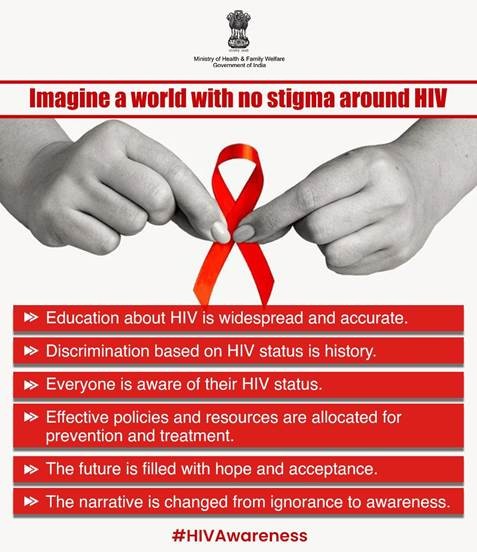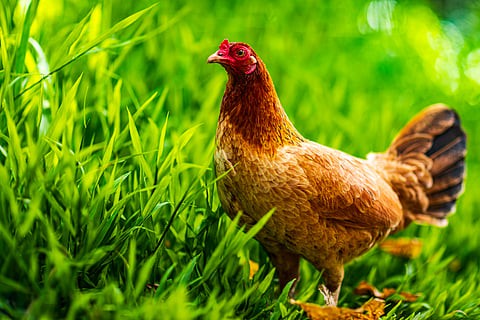Description

Source: IPLEADERS
Disclaimer: Copyright infringement not intended.
Context
- Advertisements promising miraculous cures often mislead the public and prompt legislative measures like the Drugs and Magic Remedies (Objectionable Advertisements) Act to curb these claims.
- Last week, the Central Drugs Standard Control Organisation (CDSCO) suspended a pharmaceutical company’s permission to manufacture and market eye drops for presbyopia.
What was the issue?
- The company, ENTOD Pharmaceuticals, claimed that its eye drops could eliminate the need for reading glasses in patients with presbyopia, a claim not authorised by CDSCO.
- CDSCO intervened to prevent the public from being misled, citing concerns of public interest.
- The key component, pilocarpine, constricts the pupils, creating a pinhole effect to improve vision for presbyopia patients.
- Pilocarpine is not a new drug. It has been used in ophthalmology to treat glaucoma but fell out of favor due to side effects, replaced by better alternatives.
- The CDSCO’s decision reinforces the Drugs and Magic Remedies Act, ensuring that pharmaceutical companies do not make unsubstantiated claims.
Read about the issue: https://www.iasgyan.in/daily-current-affairs/presbyopia
About CDSCO

Drugs and Magic Remedies (Objectionable Advertisements) Act, 1954
- It was enacted by the Parliament to control the advertising of drugs and remedies, particularly those claiming to have magical properties.
- Advertising such remedies is a cognizable offence under this law.
- "Magic Remedy" includes any talisman, mantra, amulet, or object claimed to have miraculous powers to cure, prevent, or diagnose diseases.
- This also extends to devices said to influence the structure or function of human or animal organs.
- Drugs and Magic Remedies Objectionable Advertisement Rules,1955 were enacted to ensure effective implementation of the act.
Prohibited Advertisements
The Act bans the advertisement of drugs or remedies that claim to:
- Induce miscarriage or prevent conception in women.
- Improve or maintain the capacity for sexual pleasure.
- Correct menstrual disorders.
- Cure, diagnose, or prevent any disease or condition listed in the schedule attached to the Act.
List of Diseases and Conditions in the Original Schedule
- The original schedule included 54 diseases and conditions for which advertisements are prohibited.
- Diseases: Appendicitis, Cancer, Diabetes, Heart diseases, Tuberculosis, and Venereal diseases.
- Disorders: Menstrual flow disorders, Nervous system disorders, Prostatic gland disorders.
- Conditions: Sexual impotence, Paralysis, Obesity, Insanity, Leprosy.
Amendments to the Schedule
- The Act allows for changes to the schedule through consultation with the Drugs Technical Advisory Board, and if necessary, with Ayurveda and Unani practitioners.
- These changes are required for diseases where no accepted remedies exist or where timely consultation with a registered medical practitioner is essential.
Penalties
- First Conviction: Maximum imprisonment of 6 months, with or without a fine.
- Subsequent Convictions: Up to 1 year imprisonment.
- If a company is involved, all members of the company are deemed guilty.
Criticism
- Lack of Enforcement: The Act is rarely enforced, allowing several such products to be freely advertised to the public.
- Outdated List: Fourteen of the diseases listed are now curable, and newer diseases like AIDS are not included.
- Cable Television Advertisements: Ads for prohibited categories still appear on TV without significant consequences.
- Traditional Medicine Systems: Proposed amendments have raised questions about the relationship between modern medicine and traditional systems like Ayurveda and Yoga.
Drugs and Cosmetics Act, 1940
- It regulates the import, manufacture, distribution, and sale of drugs and cosmetics in India.
- The primary goal of the Act is to ensure that drugs and cosmetics sold in the country are safe, effective, and conform to quality standards.
- The Drugs and Cosmetics Rules, 1945 complement the Act by classifying drugs into schedules and providing guidelines for their storage, sale, and prescription.
Key Definitions
- Drug: Includes substances, diagnostic tools, and medical devices.
- Cosmetic: Refers to any product applied to the human body for beautification or cleansing, excluding soaps.
Important Sections
- Section 16: Defines the quality standards for drugs.
- Section 17: Defines "misbranding" of drugs, where a drug is considered misbranded if it claims more therapeutic value than it possesses.
- Section 18: Allows the government to suspend the manufacture of misbranded drugs.
- Section 22: Defines the powers of drug inspectors.
- Section 23: Specifies the procedures to be followed by drug inspectors during inspections or raids.
- Section 27: Addresses fake and adulterated drugs, requiring accurate labeling of ingredients.
Controversy
The Act has been criticized for its lack of specific penalties related to clinical trials.
Sources:
Hindu

|
PRACTICE QUESTION
Q:Consider the following:
- It regulates the import, manufacture, distribution, and sale of drugs and cosmetics in India.
- The Drugs and Cosmetics Rules, 1945 were enacted to ensure effective implementation of the act.
- Medical devices are not covered under the act.
Which of the above statements is/are not correct in reference to Drugs and Magic Remedies (Objectionable Advertisements) Act, 1954?
a) 1 and 2 only
b) 2 and 3 only
c) 1 and 3 only
d) 1, 2 and 3
Answer: d
Explanation:
●Statement 1 is incorrect: It was enacted by the Parliament to control the advertising of drugs and remedies, particularly those claiming to have magical properties.
●Statement 2 is incorrect: Drugs and Magic Remedies Objectionable Advertisement Rules,1955 were enacted to ensure effective implementation of the act.
●Statement 3 is incorrect: The act also extends to medical devices said to influence the structure or function of human or animal organs.
|












